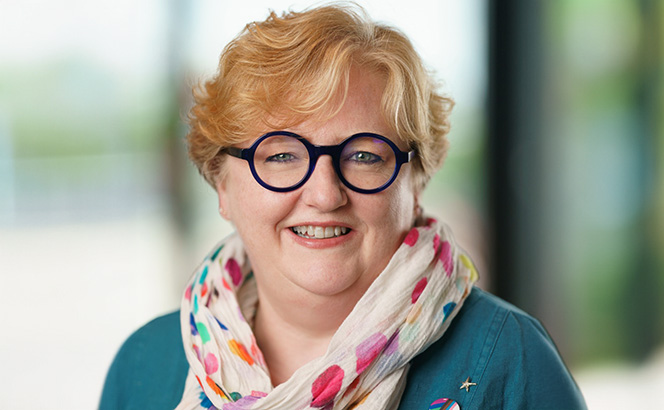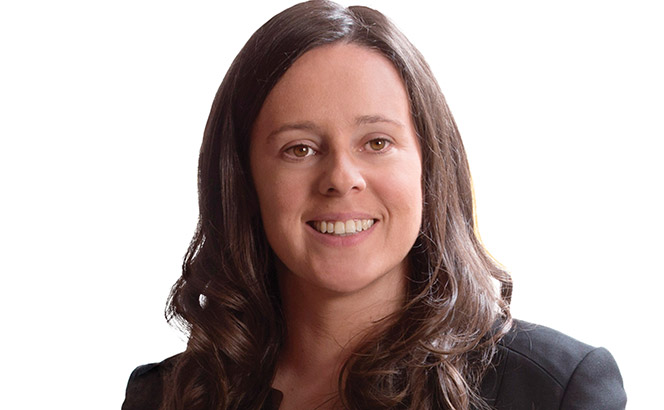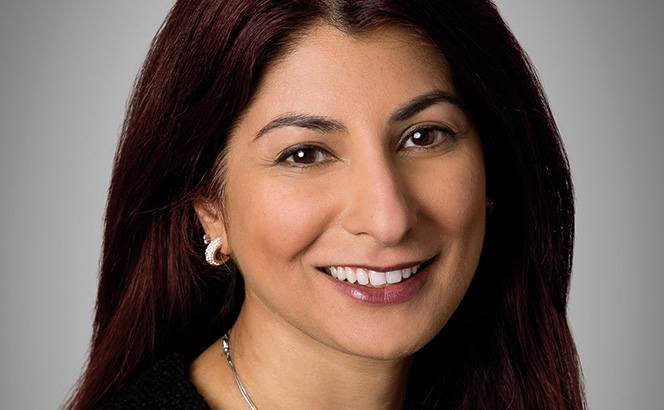I took a little time to browse the Bar’s working life survey. It’s a large survey. Although it’s not immediately clear how representative it is, almost 3,300 barristers completed it. Here are some of the things I noted (this is a rather idiosyncratic list so read the report if you want a fuller view):
The problem of bullying, harassment and discrimination is discussed. It’s less of a problem at the self-employed bar (12% experienced problems) than the employed bar (22%). In the CPS the figure is a whopping 35%. What do people most often report bullying, harassment or discrimination on appears to be being female, BME or disabled; having the main responsibility for childcare, responsibility for adult care, minority sexual orientation, or having been to a non-Oxbridge university. A less than resounding 40 per cent of barristers would positively recommend a career at the Bar, and 51 per cent would opt for the Bar if they started their career again. They feel that the Bar is respected but not a family-friendly area in which to work. It is hard to work-part time. Particularly interestingly is the finding that the Bar seems not to think that the Bar attracts the best quality entrants, regardless of background. This feeling is strongest amongst the employed Bar but is a view widely shared across the Bar.








